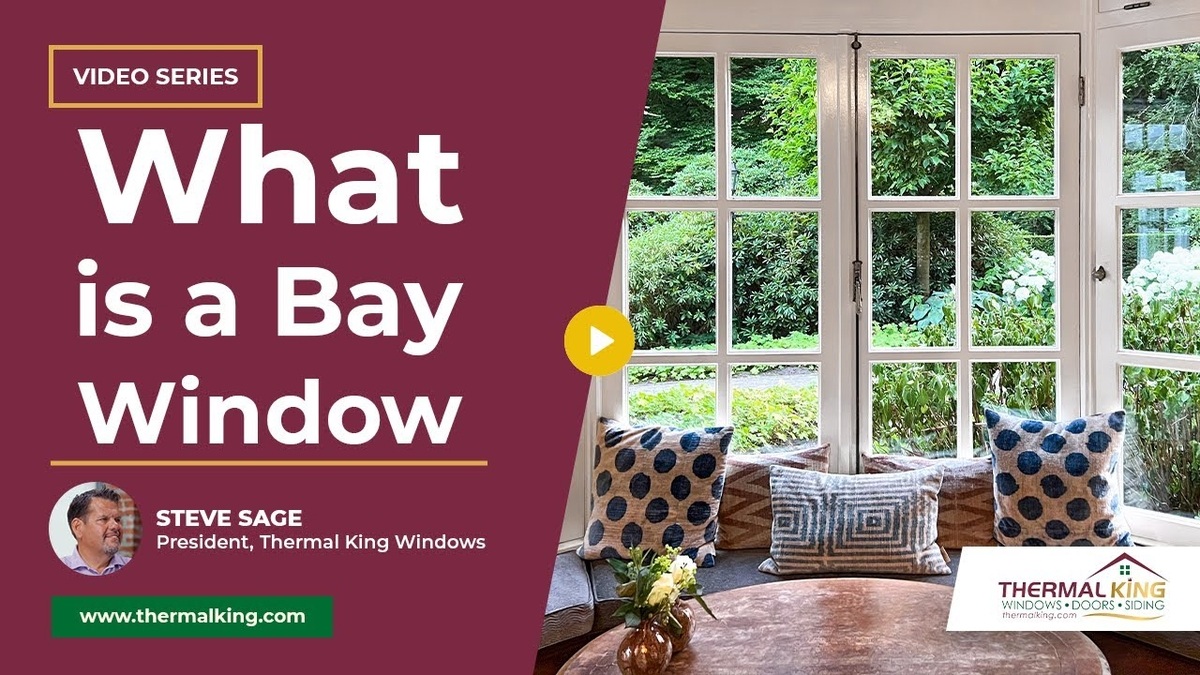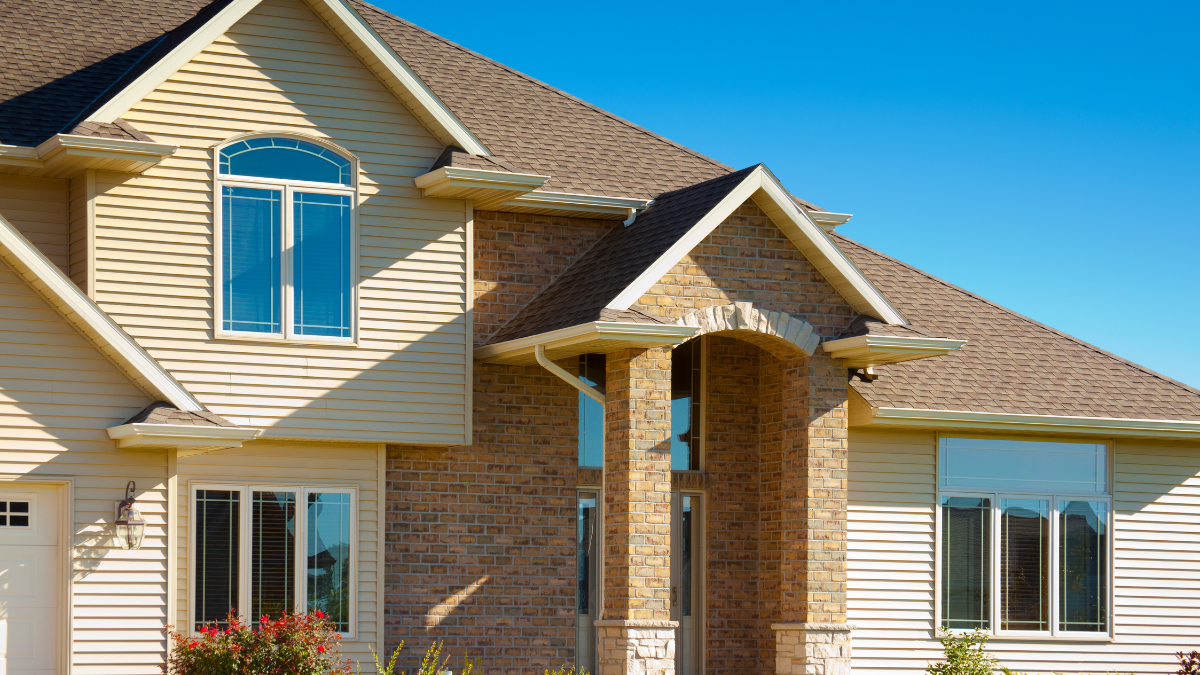When it comes to interior design, window trim often gets overlooked. However, it plays a crucial role in enhancing the overall aesthetic of a room. From traditional to modern styles, the right window trim can add character, elegance, and a polished finish to any space. This article explores various interior window trim ideas and styles that can transform your home.
Understanding Window Trim
Window trim refers to the decorative framework around windows, serving both functional and aesthetic purposes. It not only helps to seal gaps between the window frame and the wall but also enhances the visual appeal of the window itself. Choosing the right style of trim can significantly influence the atmosphere of a room. The right trim can make a small window appear larger or draw attention to architectural features, creating a focal point in the space.
Types of Window Trim
There are several types of window trim, each offering a unique look and feel. Common materials include wood, vinyl, and composite materials. Wood trim is often favored for its classic appearance and versatility, while vinyl and composite options are popular for their durability and low maintenance. For instance, wood can be stained or painted to match any decor, while vinyl offers a range of colors and styles that can withstand the elements without fading or warping.
In addition to materials, window trim can vary in profile, which refers to the shape and design of the trim. Some popular profiles include flat, colonial, and modern styles, each catering to different design preferences. Flat trim provides a sleek, minimalist look, ideal for contemporary spaces, while colonial trim often features more intricate details, perfect for traditional homes. Furthermore, modern styles may incorporate bold geometric shapes that can add a striking contrast to soft furnishings and decor.
Functional Benefits of Window Trim
Beyond aesthetics, window trim serves practical purposes. It helps to insulate windows, reducing drafts and improving energy efficiency. Additionally, it can protect the walls from moisture damage, especially in areas prone to humidity. Investing in quality window trim can enhance both the beauty and functionality of your home. Moreover, properly installed trim can also help to prevent pests from entering through gaps, contributing to a healthier living environment.
Another functional aspect of window trim is its role in framing the view outside. Well-chosen trim can draw the eye to the landscape, making it feel like an extension of the interior space. This is particularly important in homes with scenic views or large windows. Additionally, trim can be used creatively to incorporate built-in features such as shelves or decorative moldings, further enhancing both the utility and charm of the window area.
Traditional Window Trim Styles
For those who appreciate classic design, traditional window trim styles offer timeless elegance. These styles often feature intricate details and a sense of craftsmanship that can elevate any room.
Colonial Style Trim
Colonial style trim is characterized by its symmetrical and balanced proportions. This style typically features wide casings, often with decorative crown molding at the top. The use of rich wood finishes adds warmth and sophistication, making it a popular choice for historic homes and those aiming for a classic look.
To enhance the colonial style, consider adding window cornices or drapery that complements the trim. This can create a cohesive look that ties the room together.
Victorian Trim
Victorian trim is known for its ornate details and elaborate designs. This style often includes decorative elements such as rosettes, fluted moldings, and intricate carvings. The use of bold colors and contrasting finishes can further accentuate the beauty of Victorian trim.
Incorporating Victorian trim can add a touch of grandeur to any room. Pair it with vintage furnishings and rich fabrics to create a truly opulent atmosphere.
Modern Window Trim Styles
For those who prefer a more contemporary aesthetic, modern window trim styles offer clean lines and minimalistic designs. These trims focus on simplicity and functionality, often utilizing innovative materials and finishes.
Sleek and Minimalist Trim
Sleek and minimalist trim is all about understated elegance. This style often features thin, flat casings that blend seamlessly with the wall. The use of neutral colors, such as white or gray, enhances the modern look while allowing other design elements to shine.
To achieve a cohesive modern look, consider using large windows with expansive views. This combination allows the trim to enhance the architectural features of the home without overpowering the overall design.
Industrial Style Trim
Industrial style trim incorporates raw materials and a rugged aesthetic. This style often features metal accents, exposed beams, and unfinished wood. The combination of these elements creates a bold and unique look that is perfect for lofts or urban spaces.
Pairing industrial trim with large, factory-style windows can enhance the overall theme, creating a striking visual impact. Consider using dark colors or distressed finishes to further emphasize the industrial vibe.
Creative Window Trim Ideas
Thinking outside the box can lead to innovative and creative window trim ideas. Here are some unique approaches to consider when designing your window trim.
Layered Trim Designs
Layered trim designs add depth and dimension to windows. By combining different profiles and materials, homeowners can create a custom look that reflects their personal style. For example, pairing a flat casing with a decorative crown molding can create a visually interesting contrast.
Layered trims can also be painted in different colors to add a pop of personality. This technique allows for creativity while still maintaining a cohesive look throughout the home.
Painted Trim
One of the simplest ways to refresh window trim is by applying a new coat of paint. Choosing a bold or unexpected color can make the trim a focal point in the room. For instance, a bright blue or deep green can add a modern twist to traditional designs.
Alternatively, a monochromatic color scheme can create a sophisticated and seamless look. Painting the trim the same color as the walls can make the windows appear larger and more integrated into the overall design.
Incorporating Window Treatments
Window treatments play a significant role in enhancing the look of window trim. The right curtains, blinds, or shades can complement the trim style and elevate the overall design of the room.
Choosing the Right Curtains
When selecting curtains, consider the style of the trim. For traditional trim, opt for rich fabrics and patterns that add warmth and texture. Luxurious drapes can enhance the elegance of classic styles, while sheer curtains can soften the look.
For modern trim, consider using simple, clean-lined curtains or even no curtains at all. This can create a more open and airy feel, allowing the trim to take center stage.
Blinds and Shades
Blinds and shades are excellent options for those seeking a more functional approach to window treatments. They can be easily adjusted to control light and privacy while still complementing the trim style. For a modern look, consider sleek roller shades or wooden blinds that match the trim color.
For traditional styles, opt for Roman shades or plantation shutters that add a classic touch. These options can enhance the overall design while providing practicality.
DIY Window Trim Projects
For the adventurous homeowner, DIY window trim projects can be a rewarding way to personalize your space. With a little creativity and some basic tools, it’s possible to create stunning window trim that reflects your unique style.
Installing Simple Casing
Installing simple casing around windows is a straightforward DIY project that can dramatically change the look of a room. Start by measuring the window frame and cutting the casing to size. Use a miter saw for precise angles, and secure the casing with finishing nails.
Once installed, consider painting or staining the trim to match your decor. This project can be completed in a weekend and offers a significant return on investment in terms of aesthetics.
Creating Custom Cornices
Custom cornices can add a touch of elegance to any window. These decorative boxes can be made from wood or foam board and covered in fabric to match your decor. Start by measuring the width of your window and cutting the materials to size.
Once assembled, attach the cornice above the window for a polished look. This DIY project allows for creativity in fabric choices and can be tailored to fit any style, from traditional to modern.
Maintaining Your Window Trim
Once the perfect window trim has been installed, it’s essential to maintain it to keep it looking its best. Regular cleaning and occasional touch-ups can prolong the life of your trim and ensure it remains a beautiful feature in your home.
Cleaning Tips
To clean window trim, use a soft cloth and a mild cleaning solution. Avoid harsh chemicals that could damage the finish. For painted trim, a gentle scrub with warm soapy water can remove dirt and grime without harming the surface.
Regular dusting can also prevent buildup and maintain the trim’s appearance. For wooden trims, consider using a wood polish to enhance the natural beauty of the material.
Repairing Damage
Over time, window trim may experience wear and tear. Small dents or scratches can often be repaired with wood filler or touch-up paint. For more significant damage, it may be necessary to replace sections of the trim.
Regular inspections can help identify issues early, allowing for timely repairs that keep your trim looking pristine.
Windows for New Builds And Replacement Windows
Whether you’re building a home or looking to replace your windows, we helped thousands of homeowners over our two decades in business. Contact us today for a free evaluation with one of our window experts!




